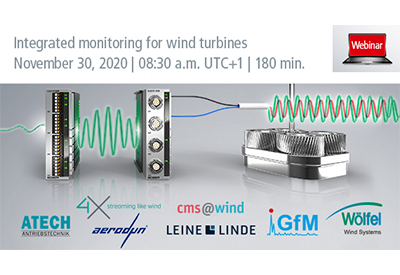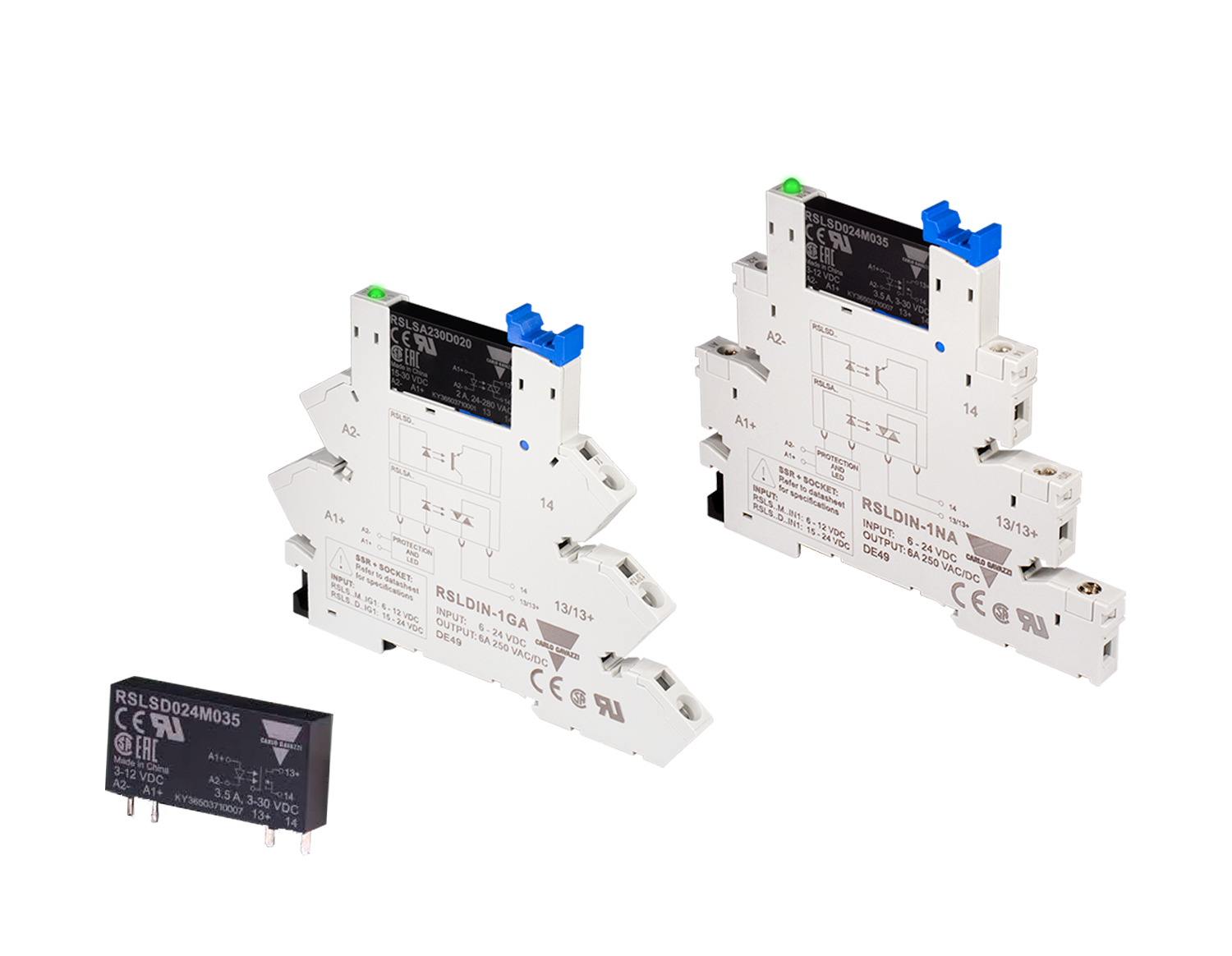PC Control Streamlines Inspection of Large Aerospace Components

June 30, 2020
The Genesis Systems Group based in Davenport, Iowa, USA, develops robotic systems for non-destructive inspection (NDI) of large components for large and small aircraft, satellites and even full-size rockets. PC- and EtherCAT-based control technology not only enables high accuracy and high throughput for automated testing of safety-critical components, but also offers considerable savings with regards to cabling and installation.
There are few industries where the demands for material testing and quality assurance are more challenging than in the aerospace industry. Ensuring the safety of passengers, crew and cargo with fully inspected materials and components is no simple task. Genesis Systems Group is a robotic systems integrator, supporting the manufacturing, transportation and aerospace markets. The company specializes in robotic NDI systems to cater to the special testing requirements of large components for aircraft, satellites and rockets. Even for experienced professionals, manual inspection of such components has been a challenge until now, because they have to move around the large parts and at the same time ensure complete material testing in compliance with the highest accuracy requirements. Automated with PC- and EtherCAT-based control technology from Beckhoff, the inspection systems from Genesis now perform these tasks with the required precision yet at a much faster rate.
Robotic systems designed for the ultimate test
The NSpect™ line of NDI solutions from Genesis Systems is designed to check large-surface aerospace components for material defects and compliance with manufacturing specifications. For that purpose, Genesis integrates robots with ultrasonic process equipment to conduct through-transmission ultrasound testing with a sender and a receiver. Common ultrasound test types include pulse echo, phased array and shearography. Other techniques are also supported. The range of materials that can be inspected is vast, but most commonly involve steel, aluminum and composite materials. An important component in these systems is a 6-axis articulated robot paired with a virtual encoder called the Genesis Blitz Module™. Through extensive C++ programming, the Blitz Module™ can take all robot positions and create a virtual encoder with six degrees of freedom in around 200 microseconds. This is intended for grid sizes that are measured in increments of 1 mm or less. This position feedback ensures seamless inspection of the large-surface components. “In the inspection world this is called pulse-on-position (PoP),” explained Ryan Steckel, Automation Systems Engineer, Genesis Systems Group. “The Blitz Module™ takes the inspection data from the material under test and correlates the data with the position of the instrument or sensor. The faster the pulses can be sent, the faster the robot can run and the more productive the NDI systems are as a result.” The recognized standard to send these pulses is 10 ms, while the Blitz Module™ developed by Genesis can send pulses in just 1 ms. In this context, EtherCAT also promotes extremely accurate measurements and highly precise system synchronization, which is critical for test and measurement applications.

Another new development from Genesis is called the RoboPogo, a part holding system with multiple articulated robots for components undergoing NSpect™ NDI testing. The RoboPogo solution sets itself apart because a single system can handle complex parts with multiple geometries, according to Whitney Moon, Director, Aerospace Division, Genesis Systems Group. “In 2017 Genesis took on a project that required the fixturing of especially large parts for NDI. Doing this with traditional hard tooling or manually adapted fixtures would be very cumbersome and expensive,” Moon explained. When holding parts that are between 10 and 110 feet long, such a solution is ideal because the articulated robots offer the required degrees of freedom to accommodate multiple part geometries, varied processes or applications and can even enable dynamic repositioning during the ongoing inspection process. This is all precisely synchronized with the inspection robots of the NSpect™ series.
PC-based control simplifies system integration
“The applications we address with solutions like the RoboPogo are very complex, so we need automation systems that simplify our designs,” Moon said. “PC-based control systems are ideal because we can solve all tasks with one integrated platform from a single source.” Genesis Systems integrates all functions into one Beckhoff CX2030 Embedded PC. This powerful device can run the PLC, safety PLC, motion control, HMI software, Windows OS and essentially any inspection software used by Genesis. “We use the CX2030 Embedded PC networked over EtherCAT on our systems with 20 robots, and we still only use about 25 percent of the CPU capacity,” explained Steckel. “Gathering all the NDI data and maintaining communication with 20 different KUKA robots within a millisecond is impressive, a testament to the value of PC-based control and EtherCAT.”
System programming and runtime is handled using TwinCAT 3 software, which simplifies system deployment further. “The engineering environment accommodates Structured Text and object-oriented programming (OOP), which helps us grow the RoboPogo concept – as some systems have four robots, some have as many as 20,” Whitney Moon said. Steckel added that OOP allows Genesis to easily implement existing code libraries in new systems: “To start up a new system, it’s much easier to just set basic parameters rather than rewriting every line of code.”

EtherCAT cuts automation effort, boosts safety
On the networking side, RoboPogo and other NDI systems from Genesis communicate via EtherCAT, which is widely accepted by major robot manufacturers around the world. Genesis Systems was also an early adopter of EtherCAT P and One Cable Automation (OCA) technology. “As Genesis Systems began to work with more commercial airplanes and spacecraft, many applications extended for hundreds of feet,” Whitney Moon said. “Having to run the numerous cables involved back to enclosures is especially time-consuming and expensive in these cases. That’s why Genesis Systems Group uses EtherCAT P technology to route the power and EtherCAT network around entire fixtures without running lines way back to a main enclosure from each stand.” To drastically reduce these cable runs, a large percentage of the I/O devices deployed by Genesis Systems are EtherCAT P Box and EtherCAT Box modules with IP 67 protection, combined with servomotors and drives with One Cable Technology (OCT).
Integrated safety technology in the EtherCAT I/O system takes the form of TwinSAFE, which provides additional benefits. “Using TwinSAFE we’ve reduced our required number of traditional safety relays by 90 percent,” Moon said. “EtherCAT diagnostics also help boost the safety in our systems with built-in tools that can identify the exact location of any error from a device connected to the network.” TwinSAFE offers another benefit. “It also allows our safety zones to be reconfigurable on the fly. For example, we can have one established safety zone, then an operator can close a gate resulting in two different zones. Safe loading can happen in one zone, but the system continues running in the other. This was previously not possible with other PLCs and safety interfaces we worked with,” Steckel explained.
Significant savings with increased accuracy and productivity
“By adding One Cable Automation, Genesis Systems can reduce NDI system cabling by up to 50 percent for drives, motors, sensors, actuators and pneumatic valves,” Ryan Steckel said. “We also reduced cabling and installation time of all electronic components by 50 percent,” Whitney Moon added. “Additionally, we reduced the space needed in our electrical cabinets and enclosures by 20 percent.”
![]()
https://www.beckhoffautomation.com/











